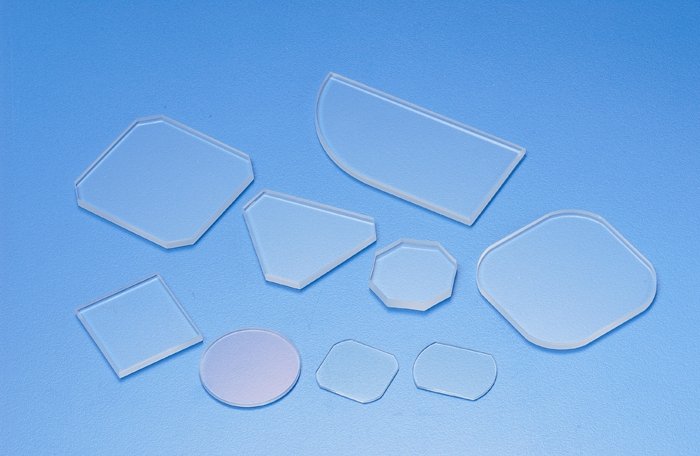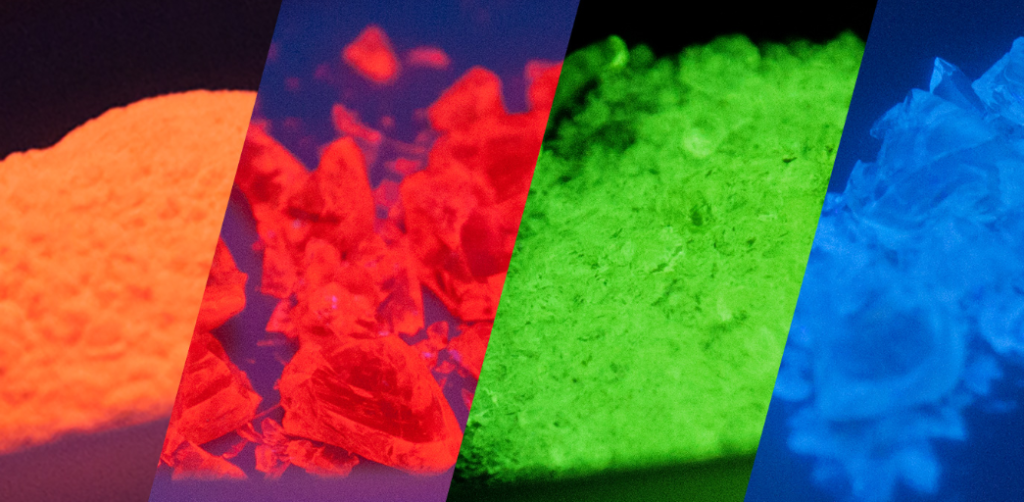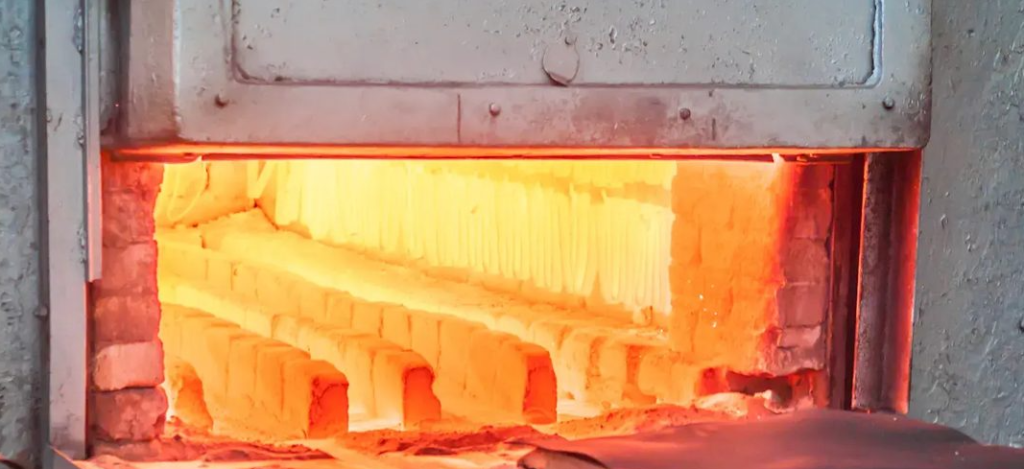
Optical glass, a fundamental material in the fields of photonics and information technology, has seen rapid advancements in applications such as light transmission, optical storage, and photoelectric display. This progress is largely due to the integration of optics with electronic information science and new materials science, making optical glass a cornerstone in the development of information technology, especially in photonic information technology.
1. Prospects
Optical glass is a critical component of the photonic technology industry. Since the 1990s, the fusion of optics with electronic information science and new materials science has propelled the use of optical glass in light transmission, optical storage, and photoelectric display. This has established optical glass as a foundational element in the Information society, particularly in photonic information technology. The continuous and stable growth of the domestic economy has spurred the rapid development of China’s optical glass manufacturing industry. Primarily focused on domestic sales, the industry has shown resilience against the financial crisis, maintaining a strong growth trajectory.
2. Introduction

Optical glass is used to manufacture lenses, prisms, mirrors, and windows for optical instruments or mechanical systems. It includes colorless optical glass (commonly referred to as optical glass), colored optical glass, radiation-resistant optical glass, anti-radiation glass, and optical quartz glass. Optical glass is characterized by high transparency, chemical and physical uniformity, and specific optical constants. It can be classified into silicate, borate, phosphate, fluoride, and chalcogenide series. The variety is extensive, primarily categorized based on their position in the refractive index (nD)-Abbe number (VD) diagram. Traditionally, glasses with nD > 1.60 and VD > 50, and nD < 1.60 and VD > 55 are classified as crown (K) glasses, while others are classified as flint (F) glasses. Crown glasses are typically used for convex lenses, and flint glasses for concave lenses. Crown glasses generally belong to the alkali borosilicate system, light crown glasses to the aluminosilicate system, heavy crown and barium flint glasses to the alkali-free borosilicate system, and most flint glasses to the lead-potassium silicate system. As the application fields of optical glass expand, its varieties continue to grow, incorporating almost all elements in the periodic table.
3. Classification of Optical Glass

- Colorless Optical Glass: Specific optical constants are required, with high transmittance in the visible region and no selective absorption coloring. Classified by Abbe number into crown and flint glasses, each further divided by refractive index. Commonly used in telescopes, microscopes, and cameras for lenses, prisms, and mirrors.
- Anti-Radiation Optical Glass: High absorption capacity for high-energy radiation, including high-lead glass and CaO-B2O2 system glass. The former protects against γ-rays and X-rays, the latter absorbs slow and thermal neutrons, used in nuclear industry and medical fields as shielding and viewing window materials.
- Radiation-Resistant Optical Glass: Minimal change in visible region transmittance under γ-ray and X-ray irradiation, with varieties and grades similar to colorless optical glass, used in high-energy radiation optical instruments and viewing windows.
- Colored Optical Glass: Also known as filter glass, selectively absorbs and transmits specific wavelengths in the UV, visible, and IR regions. Classified by spectral characteristics into selective absorption, cut-off, and neutral grey types, and by coloring mechanism into ion coloring, metal colloid coloring, and sulfur selenide coloring, mainly used in filter manufacturing.
- UV and IR Optical Glass: Specific optical constants and high transmittance in UV or IR bands, used in UV and IR optical instruments or as window materials.
- Optical Quartz Glass: Mainly composed of silicon dioxide, characterized by high-temperature resistance, low expansion coefficient, high mechanical strength, and good chemical properties, used in prisms, lenses, windows, and mirrors with special transmittance requirements. Additionally, used in large-scale integrated circuit manufacturing, LCD panels, and optical disc substrates.
4. Dispersion Classification
Classified by dispersion into crown (K) and flint (F) classes:
- Crown Optical Glass: Includes fluoride crown (FK), light crown (QK), phosphate crown (PK), heavy phosphate crown (ZPK), crown (K), heavy crown (ZK), barium crown (BaK), lanthanum crown (LaK), titanium crown (TiK), and special crown (TK).
- Flint Optical Glass: Includes light flint (QF), flint (F), heavy flint (ZF), barium flint (BaF), heavy barium flint (ZBaF), lanthanum flint (LaF), heavy lanthanum flint (ZLaF), titanium flint (TiF), crown flint (KF), and special flint (TF).
5. Radiation Resistance

Radiation-resistant glass is a broad category of optical glass, including anti-radiation and radiation-resistant glass.
- Anti-Radiation Glass: Primarily absorbs γ-rays and X-rays. When γ-rays or X-rays enter the glass, internal photoelectric effects generate electron-positron pairs, reducing the energy and penetration of the rays, providing protection. Increasing the density of anti-radiation glass enhances its shielding capability, typically with densities ≥4.5g/cm³.
- Radiation-Resistant Optical Glass: Resists coloring under γ-ray irradiation. Named based on optical glass grades with added radiation resistance in Roentgen units, e.g., K509 can withstand 10 Roentgen of γ-rays. CeO2 is introduced to capture electrons, preventing color center formation, but excessive CeO2 can cause yellowing due to extended UV and IR absorption bands.
6. Raw Materials

High-quality quartz sand is the main raw material, supplemented with other materials. Rare earth elements, with high refractive indices, low dispersion, and good chemical stability, are used to produce optical glass for high-end cameras, camcorders, and telescopes. For example, lanthanum glass with 60% La2O3 and 40% B2O3 is essential for high-end camera and periscope lenses. Rare earth elements’ radiation resistance is also utilized in anti-radiation glass production.
7. Cold Processing

A method using chemical vapor heat treatment and soda-lime-silica glass to alter molecular structure without affecting color and transmittance, achieving ultra-hardness standards for fire-resistant glass. The process includes cutting and edge grinding of soda-lime-silica glass, chemical vapor heat treatment, fire-resistant coating, and special physical tempering.
8. Development
The development of optical glass is closely linked to optical instruments. New reforms in optical systems often drive advancements in optical glass, and new glass varieties can, in turn, promote optical instrument development. Initially, natural crystals were used for optical components, with glass becoming the primary material from the 16th century. The 17th century saw the introduction of lead oxide in glass, leading to the classification of crown and flint glasses. The 19th century marked significant advancements with the introduction of new oxides, expanding glass varieties and enabling more complex optical instruments. Post-World War II, the introduction of rare earth and rare oxide elements further diversified optical glass, meeting the demands of advanced optical instruments.
Future Directions:
- Developing ultra-high refractive index glass.
- Creating glass with special relative partial dispersion.
- Expanding infrared and ultraviolet optical glass.
- Replacing harmful components like ThO2, BeO, and Sb2O3.
- Enhancing chemical stability.
- Improving transparency and preventing radiation-induced coloring.
- Refining manufacturing processes to reduce costs of new glass varieties.
